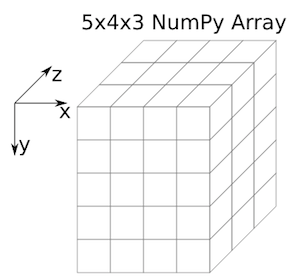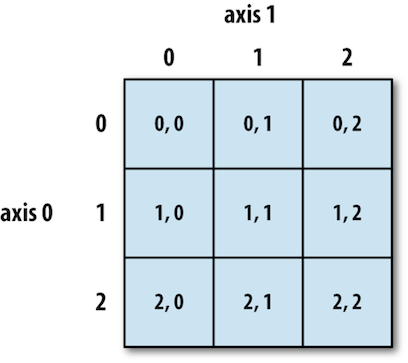
Live coding status checker
- Gives me an idea of how much time you need!
- When we start a task, enter your name into
- http://bit.ly/2dx48W6
- When you’ve finished the task, just remove it
Download some materials
- Use a browser to go the following URL and download the materials to your machine: http://bit.ly/2eia34u
- Copy the file to your home directory
- Mac OS X, Linux: e.g. /home/user
- Windows: e.g. C:\Users\user
Extract the materials
- Mac OS X or Linux: type in the following in a shell prompt:
- cd /home/user (your home directory)
- unzip COMP3207-materials.zip
- cd code
- Windows: right click on the zip file, ‘Extract All…’, enter your home directory, then run a command prompt and type:
- cd C:\Users\username (your home directory)
- cd code
What we’ll cover
- Starting the interpreter
- Variables
- Lists
- Loops
- Processing data files
- Making choices
- Creating functions
Starting the Python Interpreter
- The interpreter provides an interactive environment to play with the language
- Mac/Linux: Open a terminal window and type python
- Windows: Open a command prompt and type python
- At the prompt type ‘hello world!’

Control Flow: Repeating actions with loops
- What a loop does?
- Writing loops to repeat simple calculations
- Indexing/ Counting starts from 0
- Track changes to a loop variable as the loop runs
- Track changes to other variables as they are updated by a
forloop
Why indentation?
- Studies show that’s what people actually pay attention to
- Every textbook on C or Java has examples where indentation and bracing don’t match
- Doesn’t matter how much indentation you use, but the whole block must be consistent
- Python Style Guide (PEP 8) recommends 4 spaces
- And no tab characters
Lists in Python
- Lists as arrays
- Indexing
- Indexing some single value or even a whole set of values from a given list.
- Indexing for retrieving single elements works as usual in python and indexing by negative numbers starts counting from the end.
- Slicing
- Subset of a list, called a Slice, by specifying two indices. The return value is a new list containing all the elements of the list, in order, starting with the first slice index, up to but not including the second slice index.
- Difference between upper and lower bound is the number of values in the slice.
Indexing and Slicing a List Example

Indexing and Slicing a List Example

Indexing and Slicing a List Example

Indexing and Slicing a List Example

Using Python libraries
- This introduction to Python is built around an end to end scientific example: data analysis
- What is a library (module) and its usage
- Reading data from a file
NumPy Arrays
- NumPy arrays and operations on arrays of data

NumPy arrays: Indexing and Slicing
- Ways of selecting individual values and subsets of data
- One-dimensional arrays are simple; on the surface they act similarly to Python lists.
Indexing in a NumPy 2D array
- The indices are (row, column) instead of (column, row).
- Example Patient inflammation data who were given treatment for arthritis:
- Rows: Hold information for a single patient
- Columns: Represent successive days
Cont..

Data visualisation using libraries
The purpose of computing is insight, not numbers, Richard Hamming.
- Best way to develop insight is often to visualise data.
- Plotting data using
matplotliblibrary
Control Flow: Making choices
- Write conditional statements including
if,elifandelse - A few things to note about the syntax:
- Each if/ else statement must close with a colon (:)
- Code to be executed as part of any if/else statement must be indented by four spaces.
- Although not explicitly required, every if statement must also include an else statement - it just makes for a better program.
- Evaluate expressions containing
andandor
Creating Functions
- Defining a function, the parameters that it takes, return value
- Test and debug a function
- Scope of variables
- Set default values for function parameters
- Divide programs into small, single-purpose functions
Command-line Programs
- Using values of command-line arguments in a program
- Handling flags and files separately in a command-line program
- Reading data from standard input in a program
Wrap-up Challenge: Connecting the dots
Write a python script (function) for Fahrenheit to Celsius temperature conversion and stores the output in a file.
- Hint (Tools to be used):
- Unix pipes and filters
- Python functions
- Command-line programs
- Using Fahr_to_kelvin() and Kelvin_to_celsius() functions
Thank You!
/ − will be replaced by the title